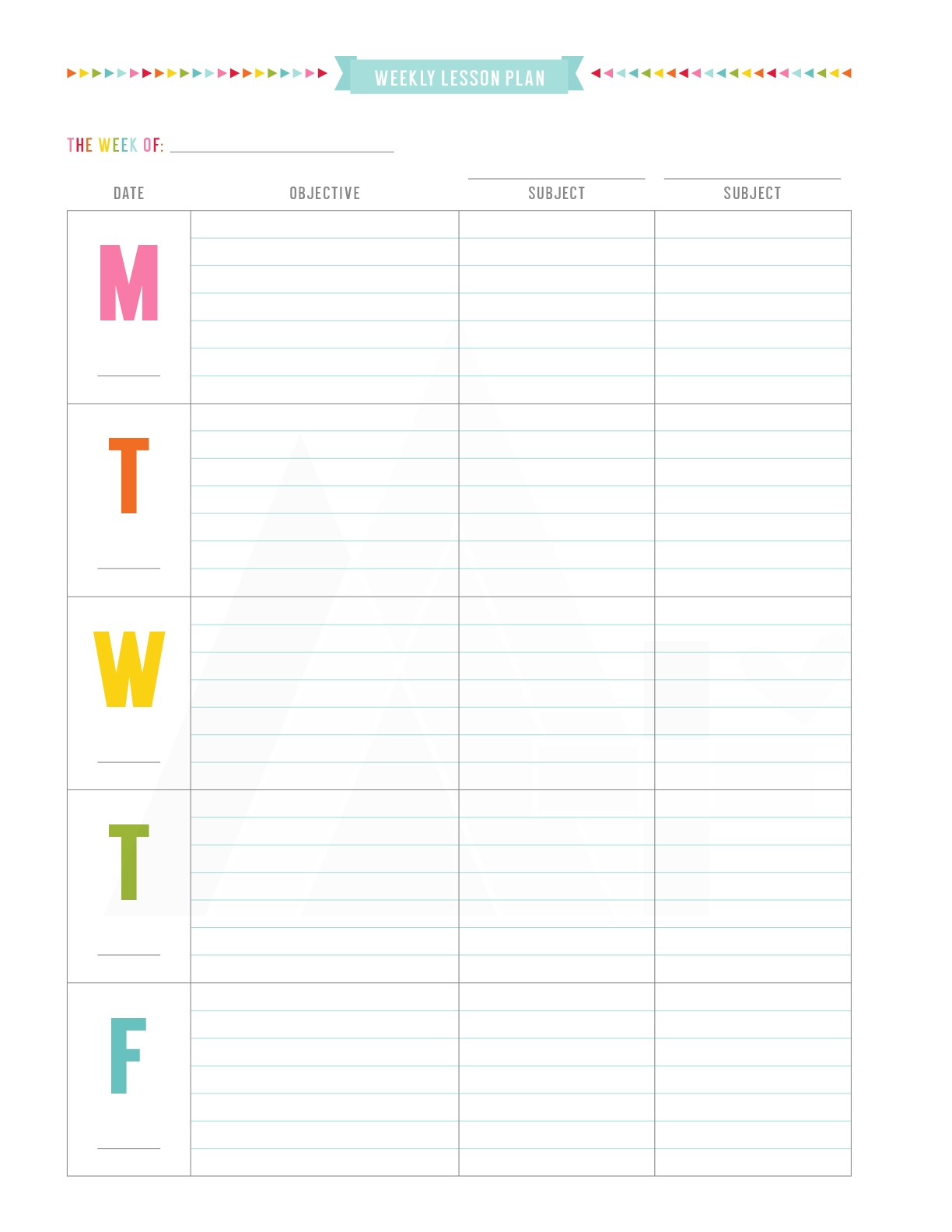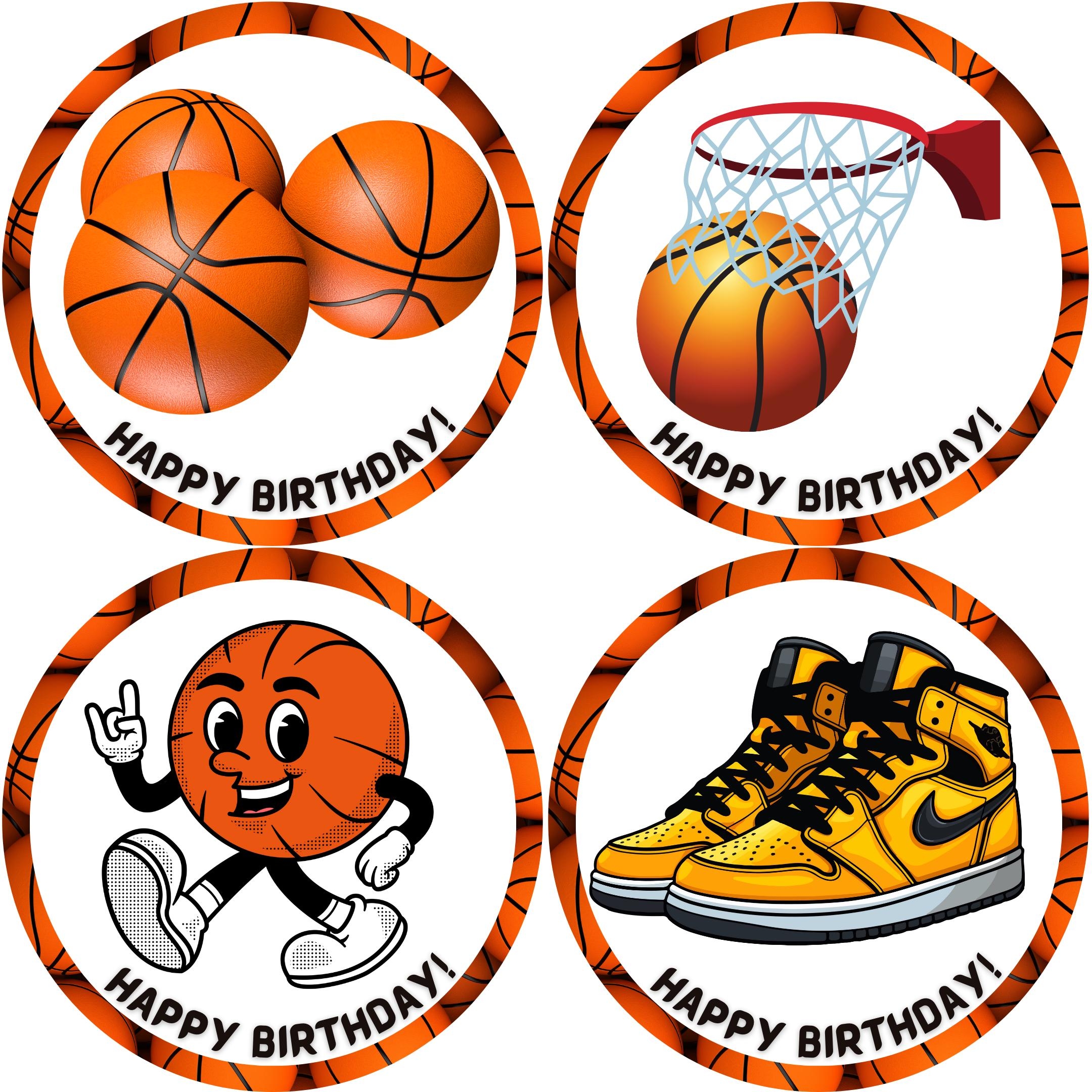What are 3D Printable Optical Illusions? Mind-Bending Fun!
Ever wanted to create something that messes with people’s minds in the coolest way possible? Well, buckle up, because we’re diving into the amazing world of 3D printable optical illusions! Forget those flat, static pictures you might remember from old books. We’re talking about tangible, three-dimensional objects that play tricks on your eyes. Imagine holding a shape that seems to defy the laws of physics, changing its appearance depending on your viewing angle. That’s the power of a well-designed 3D printed optical illusion. These aren’t just toys; they’re fascinating explorations of perspective, geometry, and how our brains interpret visual information. Think about the classic Ames Room, a distorted room that makes people look like they’re shrinking or growing. We can achieve similar, albeit smaller-scale, effects with clever designs brought to life through 3D printing. This isn’t just about printing; it’s about designing illusions that come alive in the real world, offering a unique and engaging experience for anyone who encounters them. The possibilities are endless, ranging from impossible objects to anamorphic sculptures that only reveal their true form from a specific viewpoint. So, let’s get ready to explore this exciting intersection of art, science, and technology!
1. Why are 3D Printable Optical Illusions so Popular?
The allure of 3D printable optical illusions stems from a few key factors. Firstly, they’re inherently intriguing. Human beings are naturally curious, and anything that challenges our perception of reality tends to grab our attention. These illusions offer a tangible way to experience that cognitive dissonance, that delightful moment when our brains struggle to reconcile what we see with what we know to be true. Secondly, 3D printing has democratized the creation process. What was once the domain of mathematicians, artists with specialized skills, or large-scale manufacturers is now accessible to anyone with a 3D printer and a bit of curiosity. You no longer need a massive budget or advanced engineering knowledge to bring these mind-bending creations to life. The accessibility of design software and online communities sharing models has also fueled this trend. Thirdly, they’re incredibly versatile. These illusions can be used as conversation starters, educational tools, artistic expressions, or even just fun desk toys. They can be adapted to suit a wide range of interests and skill levels, making them appealing to hobbyists, educators, designers, and anyone looking for a unique and engaging project. Finally, the “wow” factor is undeniable. Seeing is believing, and experiencing a 3D printed optical illusion firsthand is often enough to spark a lifelong interest in the subject. Its a great way to share the fun of additive manufacturing with your friends.
Designing Your Own 3D Printable Optical Illusions
Ready to dive into the design process? Great! The key to creating effective 3D printable optical illusions lies in understanding the principles of visual perception and how to manipulate them. Start by familiarizing yourself with different types of illusions, such as perspective illusions, impossible objects (like the Penrose triangle), and anamorphic art. Research the mathematical principles behind these illusions. Many optical illusions rely on specific geometric relationships and viewing angles to achieve their effect. Software like Blender, Tinkercad, or Fusion 360 can be used to create your 3D models. Tinkercad is a great entry point for beginners due to its ease of use, while Blender and Fusion 360 offer more advanced features for complex designs. Consider the limitations of your 3D printer. Overhangs, bridging, and small details can all pose challenges. Design your model with these limitations in mind to ensure a successful print. Test your designs virtually before printing. Most 3D modeling software includes rendering capabilities that allow you to preview how your model will look from different angles. This can help you identify potential issues early on and refine your design accordingly. Don’t be afraid to experiment! The best way to learn is by trying new things and pushing the boundaries of what’s possible. Look at open-source models, and find out what is behind them. Iterate through your ideas.
2. Tips and Tricks for Successful 3D Printing
Once you’ve designed your masterpiece, it’s time to bring it to life with 3D printing. Choosing the right material can significantly impact the final result. PLA is a popular choice for its ease of use and wide availability. ABS offers greater durability and heat resistance but can be more challenging to print. Consider using different colors or filaments with unique textures to enhance the visual impact of your illusion. Layer height, print speed, and infill density can all affect the quality and appearance of your print. Experiment with different settings to find the optimal balance between speed and detail. Supports are often necessary for printing complex geometries with overhangs. However, they can also leave blemishes on the finished product. Optimize your design to minimize the need for supports or use dissolvable support materials for a cleaner finish. Proper bed adhesion is crucial for preventing warping or detachment during printing. Use a heated bed, apply an adhesive like glue stick or hairspray, and ensure that your bed is properly leveled. After printing, remove any supports, sand down rough edges, and apply a finish to enhance the appearance of your illusion. Painting, staining, or applying a clear coat can all add depth and visual appeal. Remember to share your creations with the community! Post your designs on Thingiverse, MyMiniFactory, or other 3D printing platforms to inspire others and receive feedback on your work.
The Future of 3D Printable Optical Illusions
The future of 3D printable optical illusions is bright, with exciting possibilities on the horizon. As 3D printing technology continues to advance, we can expect to see even more intricate and mind-bending designs. New materials with enhanced properties will allow for greater flexibility and detail in creating illusions. Imagine filaments that change color based on temperature or light, adding another layer of complexity to the visual experience. We will see designs that adapt based on feedback. Artificial intelligence and machine learning are already playing a role in design optimization. In the future, we may see AI algorithms that can automatically generate complex optical illusions based on user-defined parameters. As augmented reality (AR) and virtual reality (VR) become more prevalent, we can expect to see 3D printable optical illusions integrated into these immersive environments. Imagine interacting with a virtual illusion that’s anchored to a real-world object, blurring the lines between the physical and digital realms. These illusions have the potential to transform the way we learn, create, and interact with the world around us. From educational tools that make complex concepts more accessible to artistic expressions that challenge our perceptions of reality, the possibilities are truly endless.
Conclusion
This exploration of 3D printable optical illusions has demonstrated their multifaceted nature. From fundamental design principles and printing techniques to diverse applications across education, art, and entertainment, the potential of this field is substantial. The integration of mathematical concepts and additive manufacturing technologies allows for the creation of tangible objects that challenge visual perception. Successful execution hinges on meticulous design, material selection, and precise printing parameters.
Further research and development in materials science, design software, and printing methodologies will undoubtedly expand the possibilities for 3D printable optical illusions. Continued exploration and experimentation with these objects may lead to innovative applications in fields beyond entertainment and art, offering new perspectives on visual perception and cognitive processes. Dissemination of knowledge and collaborative efforts within the community are crucial for realizing the full potential of this domain.


